Download The Photoshop Color Control ActionPack For Free!
Download the source file to follow along from here.
In this video I’m going to show you what saturation masks are, how you can make your own, and why you will want to use them. If you want to get straight into using them, there is a totally free set of actions available from www.lapseoftheshutter.com, that will create them for you. Simply enter your email address to subscribe to the newsletter and get a download link for the Photoshop Colour Control ActionPack sent to you straight away, along with many other free goodies to help your photography processing in Lightroom and Photoshop. The ActionPack will guide you through a Photoshop workflow to perfect your landscape and cityscape photographs first time, every time, and will give you immediate, and powerful, control of colours, without taking the fun out of post-processing.
So what are saturation masks?
They are simple another selection method in Photoshop that you can use to create layer masks to then add adjustment layers to your photos. They differ from other selection methods like luminosity masks because they select pixels based on their level of saturation, not their colour or their lightness. The ActionPack will give you masks made up of the most highly saturated pixels in your photos, along with masks of the least saturated pixels, and those in the middle. These masks are incredibly useful when other selection methods, like luminosity masks, fail because of low dynamic range. Whatever the dynamic range of your photo, there will always be differences in saturation, and these differences usually fall into the parts of the photo that you want to select, as you can see on this photo. Once you select a saturation mask, you can then add adjustment layers of your choosing to carefully target changes to colour, tone and more, that you would struggle to achieve with other types of layer mask.
How can you make your own?
It’s honestly a bit of a hassle to make saturation masks, so if you want to skip that, then just download the free actions from www.lapseoftheshutter.com that will do it all for you.
If you do want to make them yourself, after opening your photo in Photoshop, go to Filter -> Other -> HSB/HSL. Keep it on the default settings and press ok. If you don’t see HSB/HSL in the filter other menu, then you are using an older version of photoshop that did not have it installed as standard. You can install it yourself, by going to the Adobe website and searching for the optional plugin for HSB/HSL.
After pressing ok on the dialogue box, the colours will suddenly look garish. This is because the channels are no longer displaying RGB information. Now, the red channel is hue, the green channel is saturation, and the blue channel is lightness.
We want the saturation data, so control-click on the green channel thumbnail and click save selection as channel.
This creates a new channel called Alpha 1, that is your first saturation mask. Select the alpha 1 layer and rename to high saturation 1. Control-click on the thumbnail and multiply it by itself by holding down control-alt-shift and clicking again on the thumbnail. You will see the icon next to the mouse turn to a multiply sign as you hold down the keys. Click save selection as new channel again, and rename this layer to High saturation 2. You can continue this process as many times as you want, but I find three high saturation layers are sufficient. The more you do this, the more highly saturated the pixels have to be in order to be included in the mask. This means that the high saturation 3 mask is better defined and is a much smaller selection than either the high saturation 1 or 2 masks. The tradeoff of this better definition is that the high saturation 3 mask is much granier than the others, and this grainyness will only increase as you create further masks. Therefore, it’s a good idea to stop at high saturation 3.
To create the low saturation masks, clear you selection with control-d, then control-click on the green channel thumbnail again, and go to select -> Inverse. Save this as a new channel, named low saturation 1. Multiply it with itself exactly as before to create low saturation 2 and 3.
The mid saturation layer is created by control-clicking on the green channel once more, then subtracting both high saturation 1 and low saturation 1 from it, by holding control-alt and clicking on those two channels.
You can now re-select the top channel, labelled RGB, cancel any selections with control-d and re-run the HSB/HSL filter, but with the input and output options swapped.
You now have a complete set of saturation masks available in the channels tab. How do you use them?
Take a look at the ‘Get Pristine and Total Colour Control with Saturation Masks’ video to see how to use saturation masks.
But remember, saturation masks are just a selection method. Essentially, you can combine them with any way of modifying colour and tone in your photos.
For example, just control-click on the thumbnail of any saturation mask in the channels tab to load it as a selection, then add a colour balance layer, a vibrance layer, curves or selective colour. What you do is entirely up to you.
For a quick tip, try adding a curves layer to the mid saturation mask and create some fairly extreme s-shapes in the curve to add some powerful contrast effects. Also, adding a vibrance layer to a mid saturation mask can really make the colours in your photo pop.
I hope that’s all been helpful to you and not too overwhelming. I use satuation masks in pretty much all of my photos. If you want to see some examples of what they can do, take a look at www.lapseoftheshutter.com, where you will also find the free text and video landscapes masterclass tutorial, and the totally free to download and use Lightroom Develop System, Photoshop Colour Control ActionPack and Photoshop Landscape Colour Grades.
Get the Photoshop Color Control ActionPack for Free!Subscribe to the mailing list and get a free download link right now
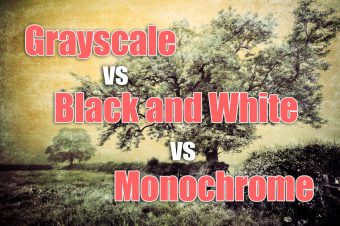
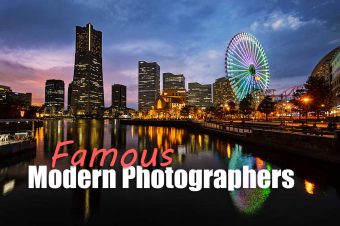
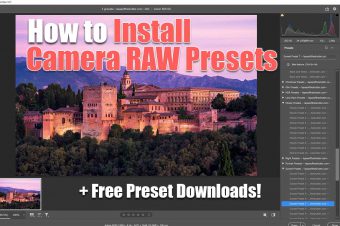
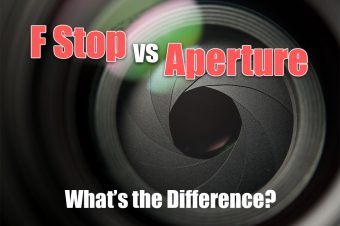
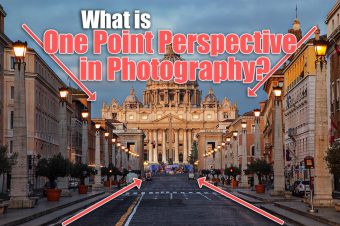
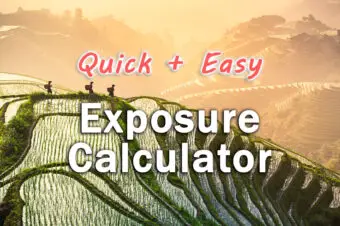
Leave a Reply